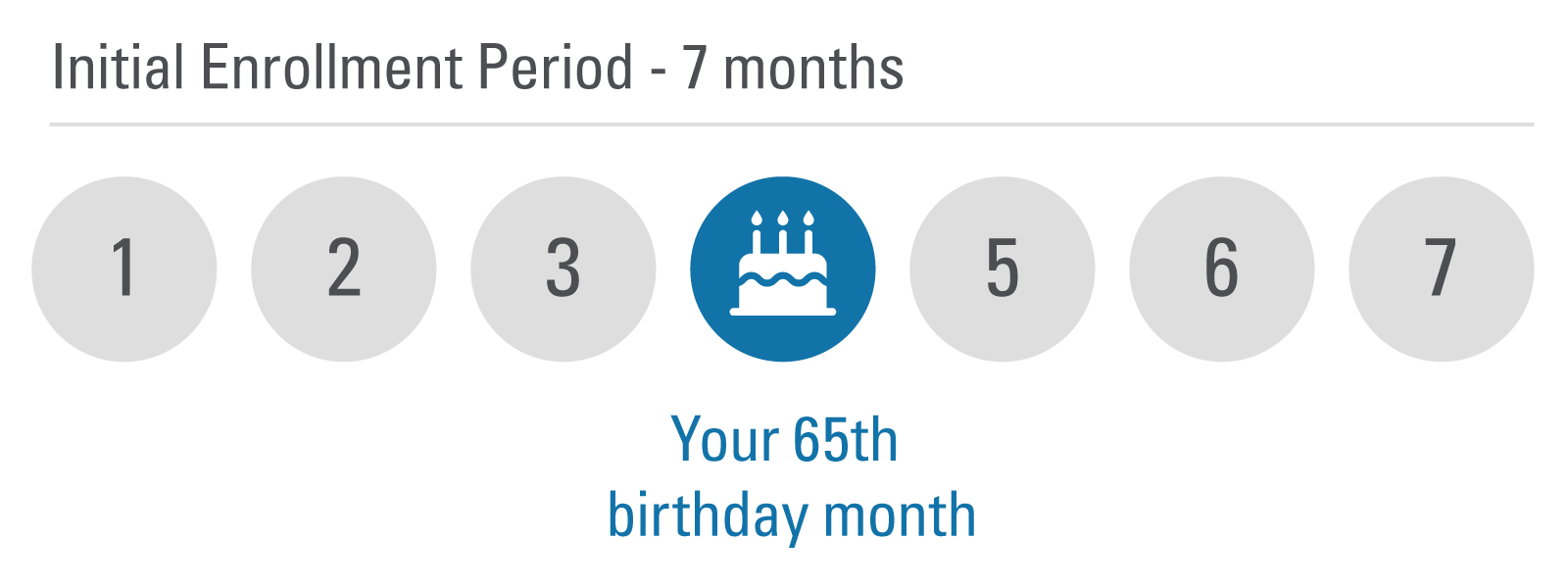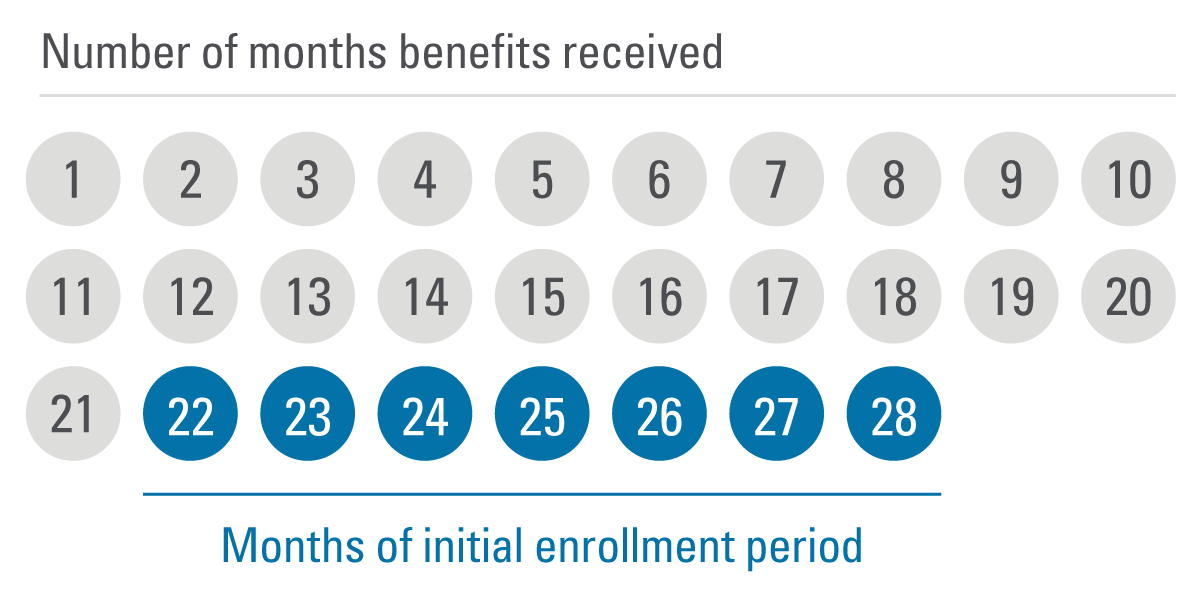Original Medicare (Parts A & B)
Medicare Parts A and B (Original Medicare) are managed by the federal government. Some individuals who receive Social Security benefits are automatically enrolled in Original Medicare while others need to apply for it as they approach their 65th birthday.
Medicare Part A
Medicare Part A covers inpatient care provided in hospitals or skilled nursing facilities, home health care and hospice care for the terminally ill.




